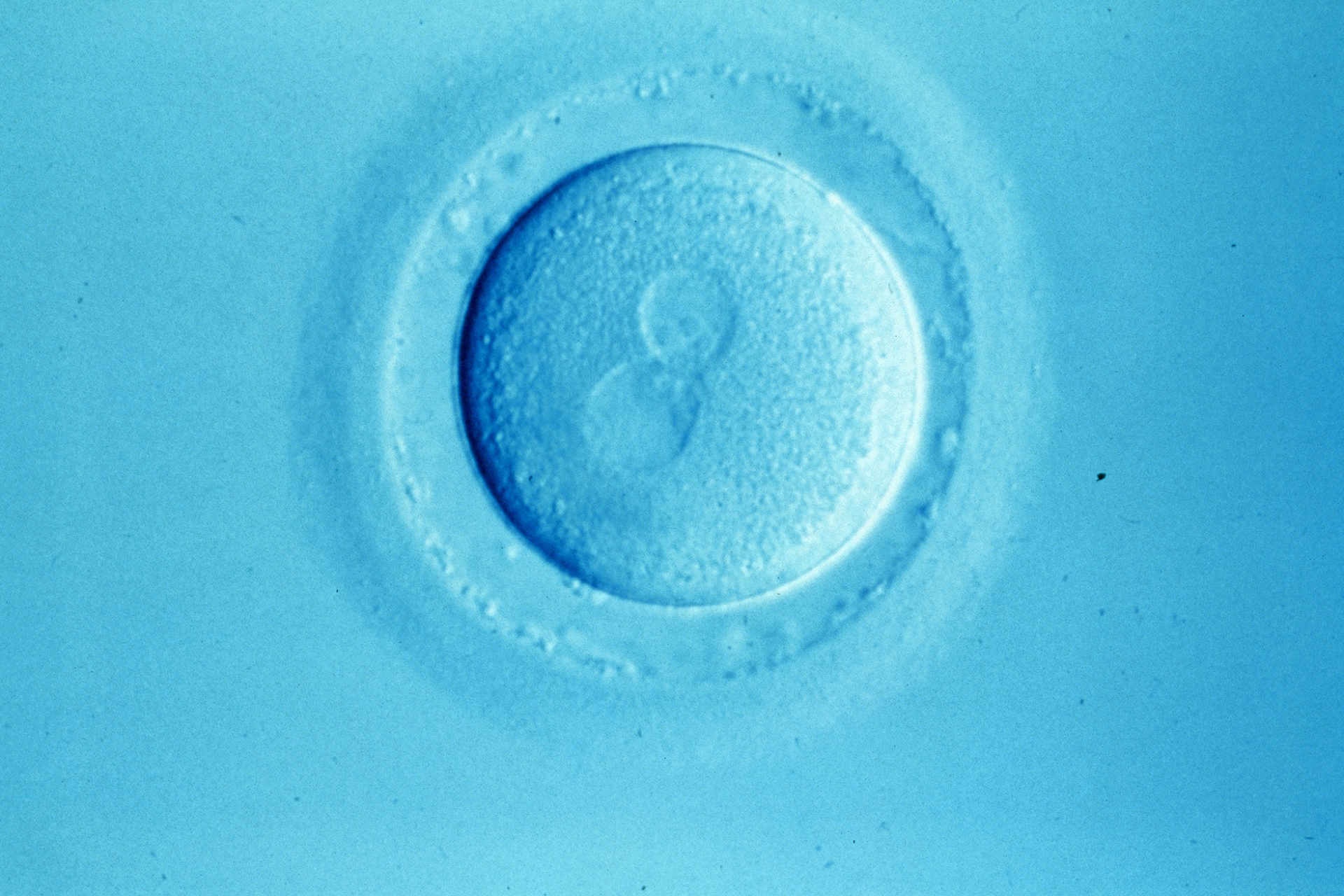The Society for Assisted Reproductive Technology (SART) has launched a website to provide patients with information about Assisted Reproduction Technology (ART) in the US. In particular, this website provides contact details of over 347 infertility clinics with individual success rates for different ART treatments as recent as 2004. Since 1985, SART has been actively involved in the collection of ART data outcomes, working closely with the Centers for Disease Control and Prevention (CDC) in compliance with the Fertility Clinic Success Rate and Certification Act of 1992 (Wyden Act). From 2004, SART has been collecting outcomes data using the web, greatly increasing the speed and efficiency of the data collation process, thereby now enabling timelier outcome reporting on the web in addition to providing data to the CDC.
The new SART website illustrates the power of the Internet to manage ART data on a very large scale with relatively short timescales from treatment to national reporting. Professor Andersen commented on the need to speed up the European ART data collation process in a Serono Symposium International conference on International variation in Assisted Reproduction Technology practice and data collection held in Athens December 2005. Currently it takes around four years from the time of ART treatment to data collation at European level, whereas Professor Andersen felt this interval should be around two years to more accurately reflect current rather than past practice. Within Europe at national level, ART reporting on the web is variable with the Human Fertilisation and Embryology Authority (HFEA) in the UK providing an example of best practice currently presenting results between 1 April 2002 and 31 March 2003.
Although patients are keen to access success rates of individual ART treatment centres to guide their choice of treatment centre, this does present important concerns. The confidence limits of the annual outcome data for each ART treatment centre are usually too wide to significantly differentiate one centre from another. Thus, purely by chance, centre A may have a higher reported annual success rate than centre B, even if centre A had a lower 'true' success rate than centre B. Currently, we have no measure of 'true' success rates, although the greater the number of ART treatment cycles, the more confident we can be that the data is a reflection of 'truth' rather than 'chance'. Thus, publicly reporting individual ART centres' success rates may be misleading without at least attempting to explain the uncertainty surrounding the data. Furthermore, it is important to consider the variation of case mix to avoid the temptation for centres to increase their success rates by refusing treatment to patients with a poorer prognosis. In an attempt to address these issues the SART website includes a live birth 'reliability range' and a foot note saying 'Caution: Patient characteristics vary among programs; therefore, these data should not be used for comparing clinics'. However, it is unclear whether these steps will have the desired effect, as patients may be forgiven for just looking at the raw success rates and ignoring foot notes. There may thus also be a need for a simple patient educational online resource to help patients make an informed choice.
An essential requirement for effective ART outcome monitoring is the adoption of common definitions. This is much more complex than it may initially seem, with currently not even a universally adopted definition for the term 'infertility'. In practice, definitions need to address the real needs of data capture - for example, when reporting multiple pregnancy rates it is important to consider not just births but also selective terminations of pregnancy and miscarriages. To address the complexities of the requirements of data collection including the disagreements between professionals the ESHRE Classification of Infertility Taskforce (ECIT) is developing a flexible coding system based on extensible mark up language (XML) (for details see the website).
The success of the new SART website is further encouragement that perhaps use of the Internet for ART data collection and display should become the global norm. Such an approach could benefit from developing Internet technologies in particular XML and 'Grid' computing. XML could smooth the differences of opinions between users and ease data flows between disparate computer systems. Further, Grid computing allows multiple resources over the Internet to share processing and storage of data providing access dependent on the rights of individual users. Accordingly, a practitioner in an ART centre could have full access to the full records of all patients in that centre, a national body could have full access to all records in the country, an international body could have full or restricted access to all records internationally and websites could provide whatever view on the data was felt to be appropriate. This provides a mechanism for global - or even real time - reporting of ART using the power of the Internet.



Leave a Reply
You must be logged in to post a comment.